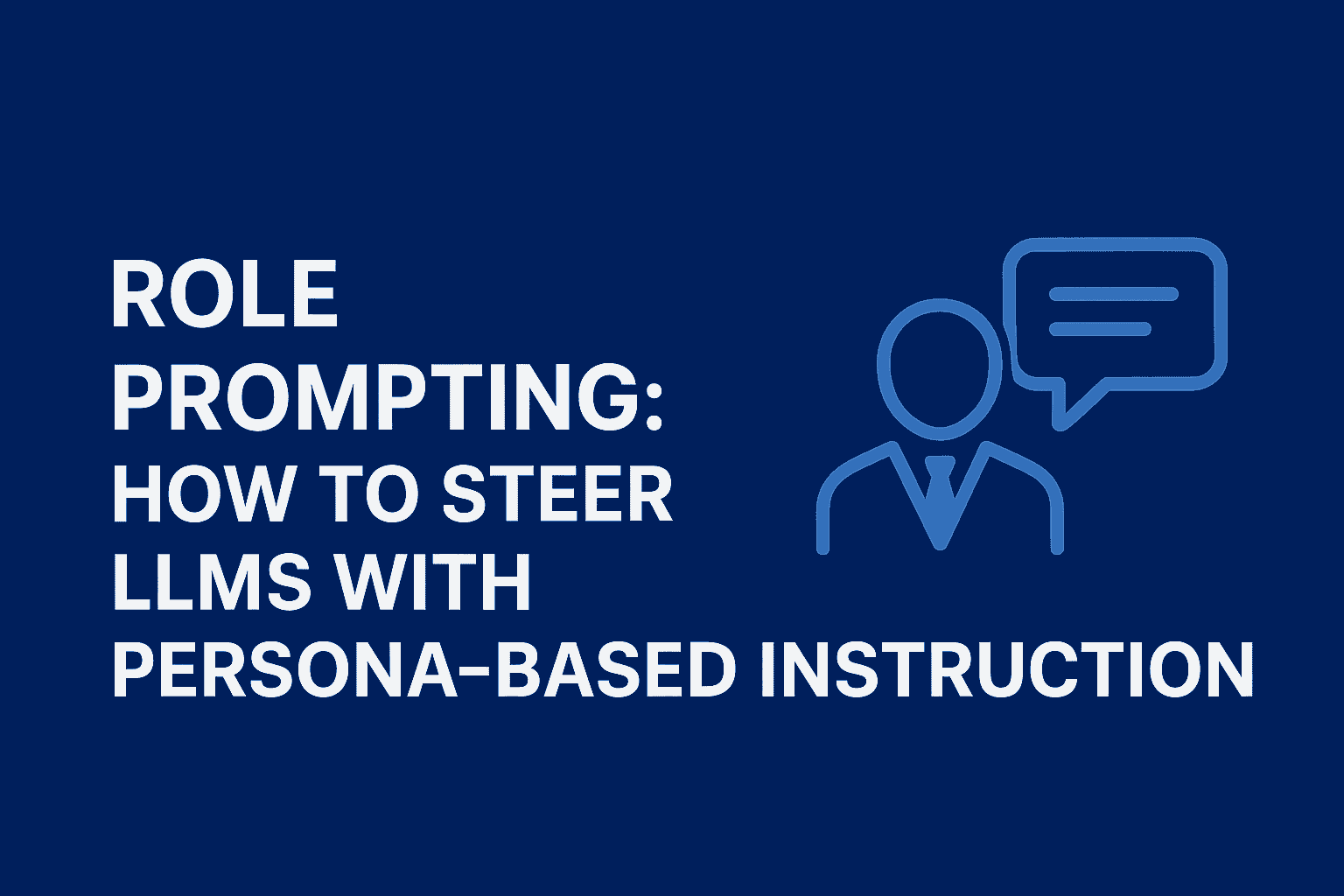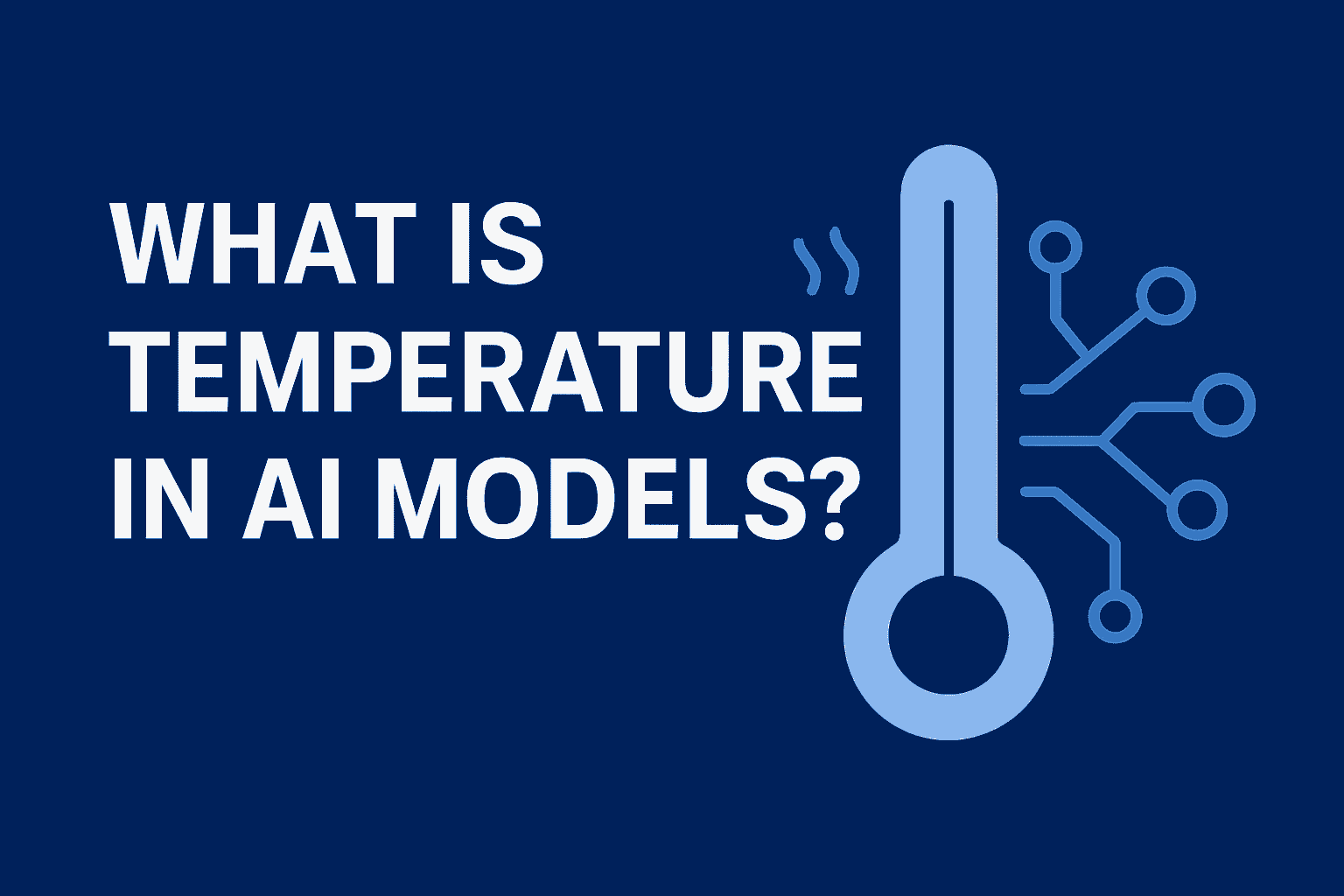
🚀 The Ultimate Guide to LLM Serving Frameworks for On-Premises Deployment
Data Scientist and ML Engineer
🚀 On-Premises LLM Serving Frameworks: The TL;DR This guide compares the best frameworks for running LLMs on your own hardware. For maximum speed on GPUs, vLLM and TGI lead the pack with advanced batching techniques. If you're resource-constrained, LLaMA.cpp and Ollama provide lightweight solutions that even work on CPU. For complex enterprise deployments, Triton and Ray Serve offer robust multi-model management. Each framework balances different tradeoffs between ease of use, performance, and flexibility. Your choice should depend on your specific hardware resources, scale requirements, and deployment complexity tolerance.
🚀 The Ultimate Guide to LLM Serving Frameworks for On-Premises Deployment
🌟 Introduction
Let's face it – running powerful LLMs on your own infrastructure is no small feat! As organizations increasingly bring AI capabilities in-house, finding the right serving framework becomes crucial for success. Whether you're concerned about data privacy, need lower latency, or just want complete control over your AI stack, on-prem deployment is often the way to go.
In this guide, we'll walk through both specialized LLM servers and general-purpose frameworks that can handle these language behemoths. I've spent countless hours testing these solutions so you don't have to! Let's dive into what makes each unique and how to choose the right one for your needs.
🧩 What Makes LLM Serving Different?
Before we jump into the frameworks, let's talk about why serving LLMs is such a special challenge:
- 💾 Massive memory requirements (those attention layers are hungry!)
- 🔄 Unique inference patterns (token-by-token generation isn't your typical ML inference)
- 👥 Multi-user juggling act (handling concurrent requests efficiently)
- ⚡ Throughput vs. latency balancing (the eternal tradeoff)
Now let's look at the star players in this space!
🔥 Specialized LLM Serving Frameworks
vLLM
In a nutshell: The speed demon of LLM serving, built for maximum GPU utilization
What I love about it:
- 🧠 PagedAttention for insanely efficient memory management
- 🔌 Drop-in OpenAI API compatibility (your apps won't even know the difference!)
- 🚄 Blazing fast throughput that can handle serious traffic
Real talk: If you've got a GPU cluster and need raw speed, vLLM is tough to beat. One of my clients saw their throughput jump 15x after switching from a basic implementation! However, it's very focused on LLMs, so not your go-to for serving a variety of model types.
🧩 SGLang
In a nutshell: For when you need structured, controlled LLM interactions
The cool stuff:
- 📋 Python-based DSL that makes complex prompt flows a breeze
- 🔄 RadixAttention for clever KV cache reuse (translation: more efficient processing)
- 🖼️ Works with both text and vision models (multimodal FTW!)
When to use it: If you're building complex agentic workflows or need fine-grained control over how your LLMs process and respond, SGLang shines. It's less about raw throughput and more about sophisticated interactions.
⚡ DeepSpeed-FastGen
In a nutshell: Microsoft's enterprise-grade solution for serious deployments
Standout features:
- 🧩 Dynamic SplitFuse for handling long prompts efficiently
- 🔢 Awesome quantization support to squeeze more out of your hardware
- 🌐 Scales beautifully across multiple GPUs when you need it
My take: This is the heavy artillery of LLM serving. Less approachable than some alternatives, but when you need to serve massive models at scale, it delivers where others struggle.
💻 LLaMA.cpp Server
In a nutshell: The lightweight champion that runs surprisingly well on modest hardware
Why it's awesome:
- 🔋 Ridiculously efficient C/C++ implementation
- 💪 Runs respectably on CPU-only setups (yes, really!)
- 🪶 Minimal dependencies, easy to deploy anywhere
Perfect for: Developers who want to experiment locally or organizations with limited GPU resources. I've seen it running decent-sized models on standard laptops – amazing for prototyping!
🐑 Ollama
In a nutshell: The friendly, no-fuss way to run LLMs locally
What you'll love:
- 🌈 Super simple CLI that "just works"
- 🧰 Great for multiple models without complex setup
- 🖥️ Cross-platform support across macOS, Linux, and Windows
Real-world use: The go-to solution when you want to set up LLM infrastructure quickly without a PhD in systems engineering. I've gotten non-technical teams up and running with Ollama in under an hour!
🏗️ General-Purpose Model Serving Frameworks
NVIDIA Triton Inference Server
In a nutshell: NVIDIA's production-grade serving system for any deep learning model
The power features:
- 🎯 Handles multiple models and frameworks simultaneously
- 🧠 Smart scheduling of GPU resources for maximum utilization
- 📦 Enterprise-ready with robust monitoring and scaling options
My experience: Triton has a steeper learning curve than specialized frameworks, but the investment pays off when you need to serve diverse model types in production. Its dynamic batching is particularly impressive for throughput optimization.
🔥 TorchServe
In a nutshell: PyTorch's official serving solution, straightforward and reliable
What works well:
- 🧵 Multi-worker architecture to scale single models
- 📋 Simple model versioning and management
- ⚡ Solid performance for PyTorch models without complexity
Best fit: Organizations heavily invested in the PyTorch ecosystem who want an officially supported solution. It's not the most feature-rich option, but it's reliable and well-maintained.
☀️ Ray Serve
In a nutshell: Flexible, scalable serving built on Ray's distributed computing framework
The cool parts:
- 🌐 Native distribution across clusters
- 📊 DAG-based model pipelines for complex workflows
- 🔄 Intelligent autoscaling that actually works
Why I recommend it: When you need to mix and match models in pipelines or scale dynamically, Ray Serve makes it surprisingly straightforward. It's particularly good at handling spiky traffic patterns.
🍱 BentoML
In a nutshell: Developer-friendly packaging and serving for any ML model
What's special:
- 📦 "Bentos" concept for standardized model packaging
- 🔄 Seamless integration with various ML frameworks
- 🚀 Simple path from local testing to production
In practice: BentoML excels at bridging the gap between data science experimentation and production serving. Its focus on developer experience makes the deployment process much smoother.
🤗 Hugging Face TGI (Text Generation Inference)
In a nutshell: Optimized specifically for transformer-based text generation
Star features:
- 📈 Continuous batching for maximum throughput
- 🌊 Efficient token streaming that feels responsive
- 🔧 Advanced optimizations like Flash Attention built-in
The verdict: If you're serving popular open-source LLMs like Llama, Mistral, or Falcon, TGI gives you near-optimal performance with minimal tuning. The Hugging Face integration is seamless for teams already in that ecosystem.
🔍 Choosing Your Framework: The Decision Matrix
| If you need... | Consider these frameworks |
|---|---|
| Maximum throughput on GPUs | vLLM, TGI, DeepSpeed-FastGen |
| Running on limited hardware | LLaMA.cpp, Ollama |
| Multi-model versatility | Triton, Ray Serve, BentoML |
| Enterprise-grade deployment | Triton, DeepSpeed, KServe (with ModelMesh) |
| Developer-friendly experience | Ollama, BentoML, LitServe |
| Complex AI application workflows | SGLang, Ray Serve |
💡 My Personal Framework Selection Guide
After deploying dozens of LLM systems, here's my practical advice:
-
Starting out? 👶 Begin with Ollama or LLaMA.cpp to get familiar with LLM serving without complexity.
-
Building a production app? 💼 vLLM offers the best balance of performance and ease of use for most LLM-specific deployments.
-
Enterprise with diverse models? 🏢 Triton or Ray Serve provide the flexibility and scalability needed for complex environments.
-
Limited GPU resources? 💰 LLaMA.cpp with quantization can make the most of what you have.
-
Need sophisticated control flows? 🧠 SGLang's programming model is worth the learning curve.
🎯 Final Thoughts
The LLM serving landscape is evolving incredibly fast! What's cutting-edge today might be standard tomorrow. When making your choice, consider not just current needs but how your AI strategy might evolve.
Remember, the "best" framework depends entirely on your specific requirements. Often, the simplest solution that meets your needs is preferable to the most technically advanced option.
Have you tried any of these frameworks? I'd love to hear about your experiences! The on-premises LLM movement is growing stronger as organizations balance the convenience of cloud APIs with the control and cost-effectiveness of self-hosting.
Happy serving! 🚀
📚 References
- NVIDIA. (2023). Triton Inference Server Documentation (https://docs.nvidia.com/deeplearning/triton-inference-server/user-guide/docs/user_guide/model_execution.html)
- Ray. (2024). Ray Serve Documentation (https://docs.ray.io/en/latest/serve/index.html)
- Hugging Face. (2023). Text Generation Inference Documentation (https://huggingface.co/docs/text-generation-inference/en/index)
- vLLM Project. (2023). vLLM GitHub Repository (https://github.com/vllm-project/vllm)
- LMSYS Org. (2024). Achieving Faster Open-Source Llama3 Serving with SGLang(https://lmsys.org/blog/2024-07-24-sglang/)
- TitanML. (2024). Titan Takeoff Documentation (https://docs.titanml.co/)
- DeepSpeed. (2024). DeepSpeed-FastGen: High-throughput Text Generation for LLMs (https://www.deepspeed.ai/)
- BentoML. (2024). BentoML Documentation (https://docs.bentoml.org/)
- Ollama. (2024). Ollama GitHub Repository (https://github.com/ollama/ollama)

